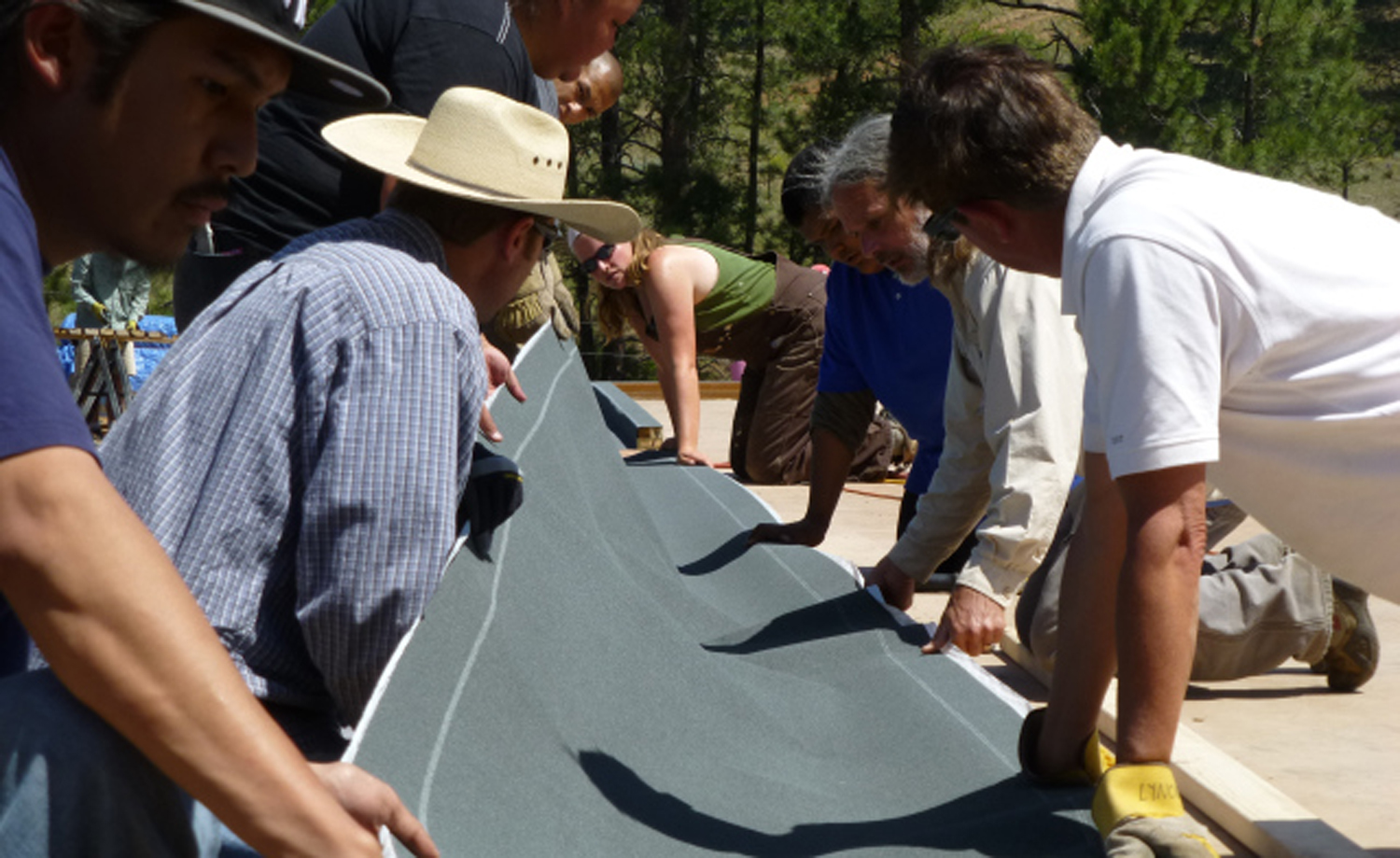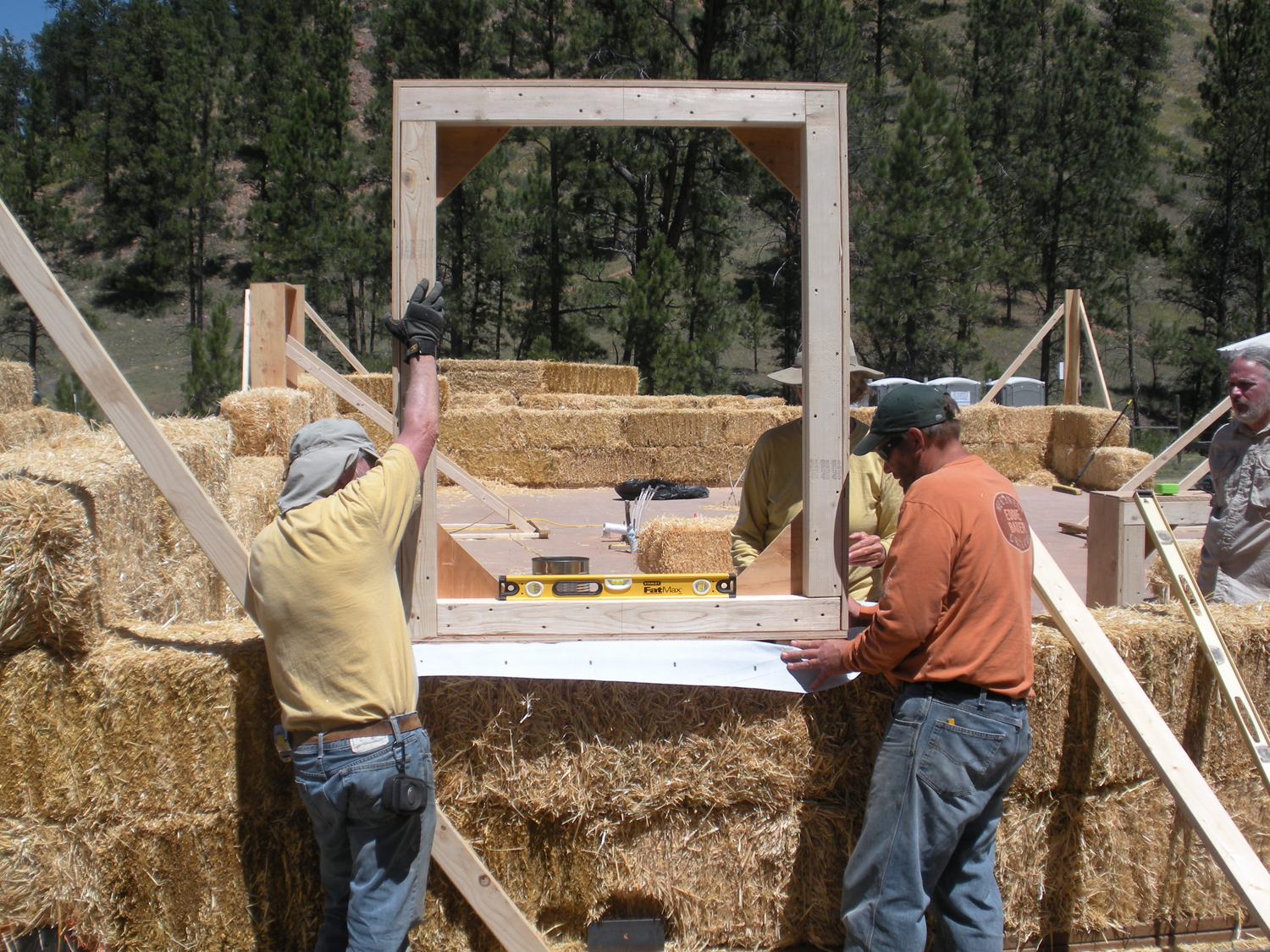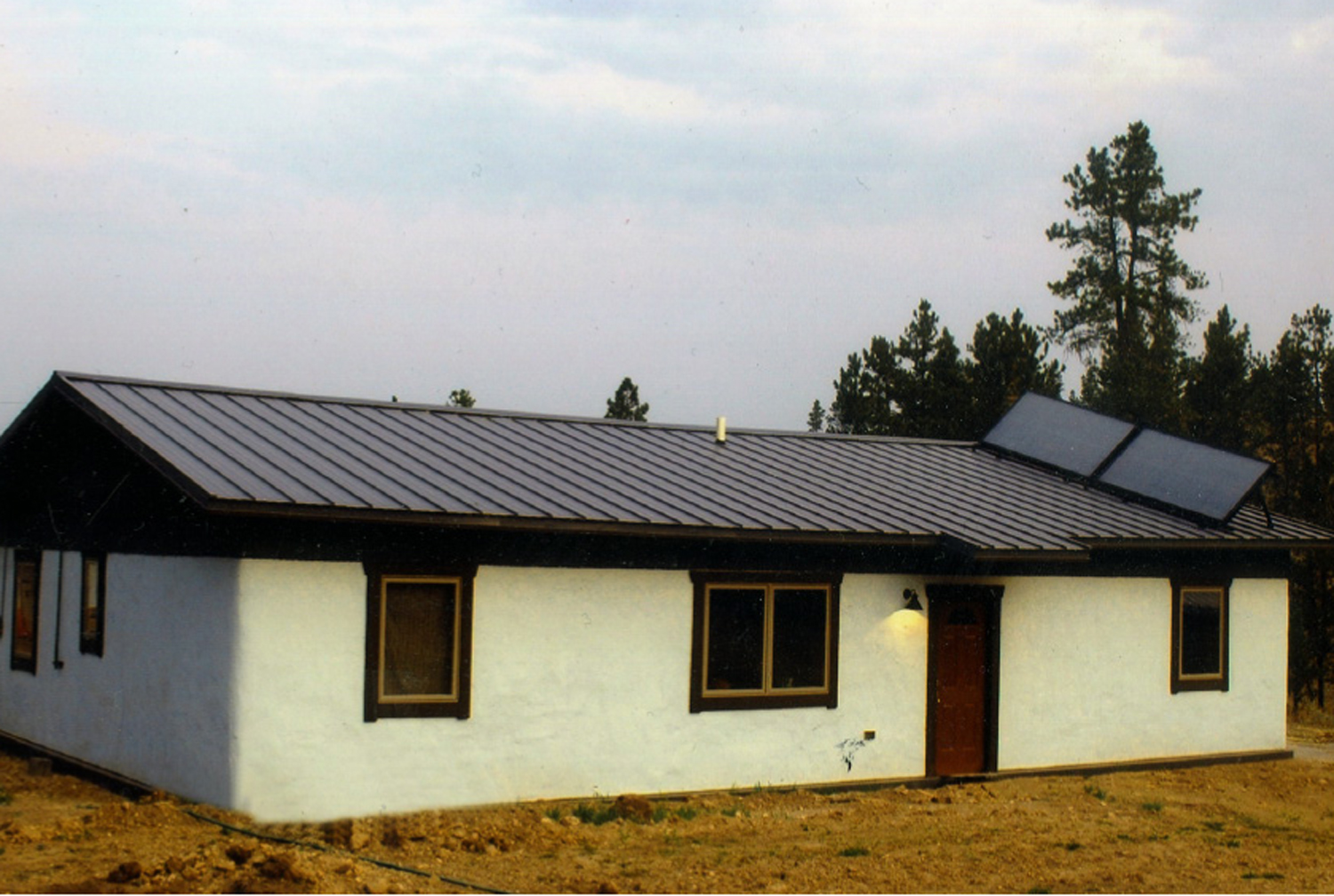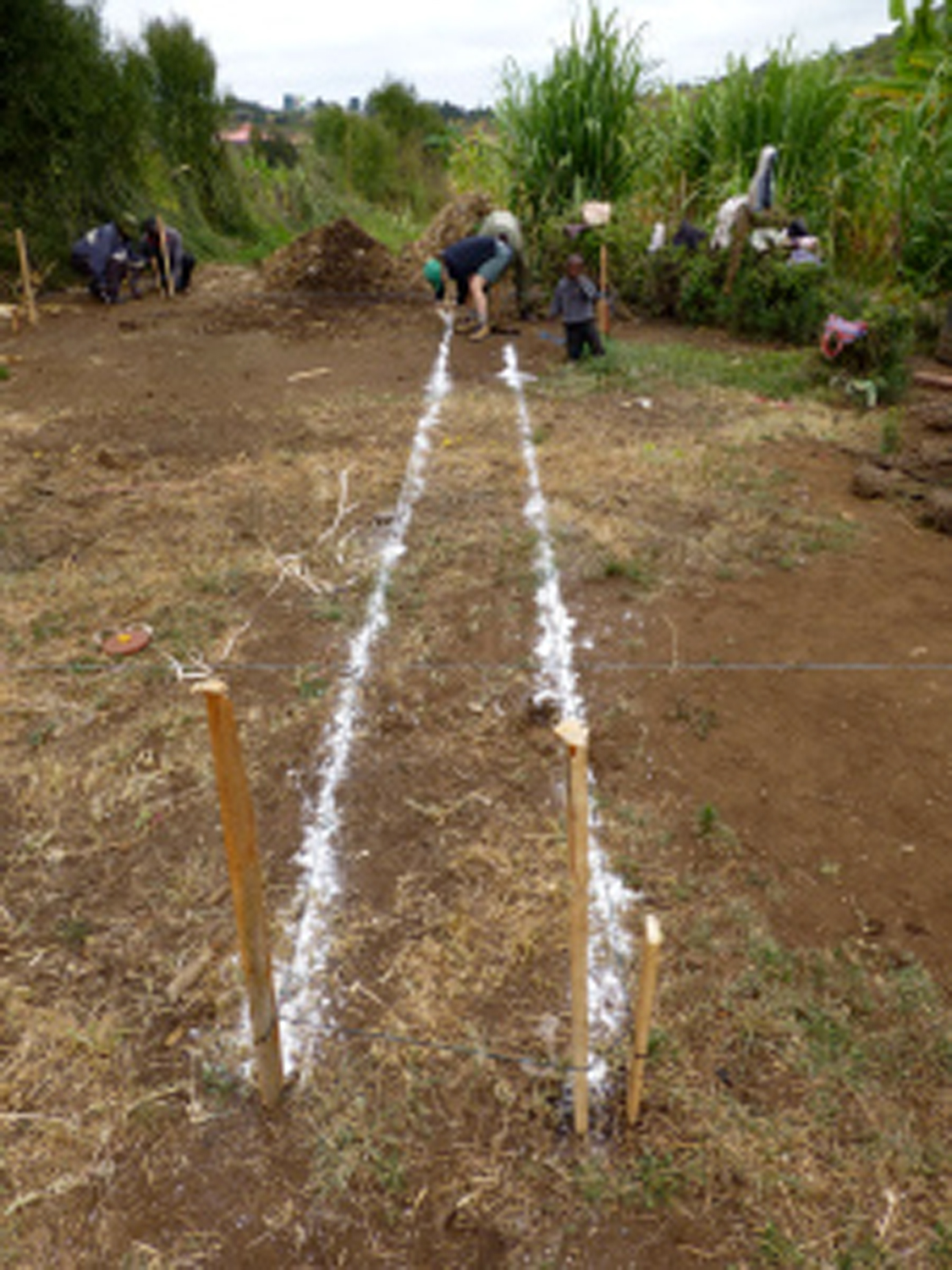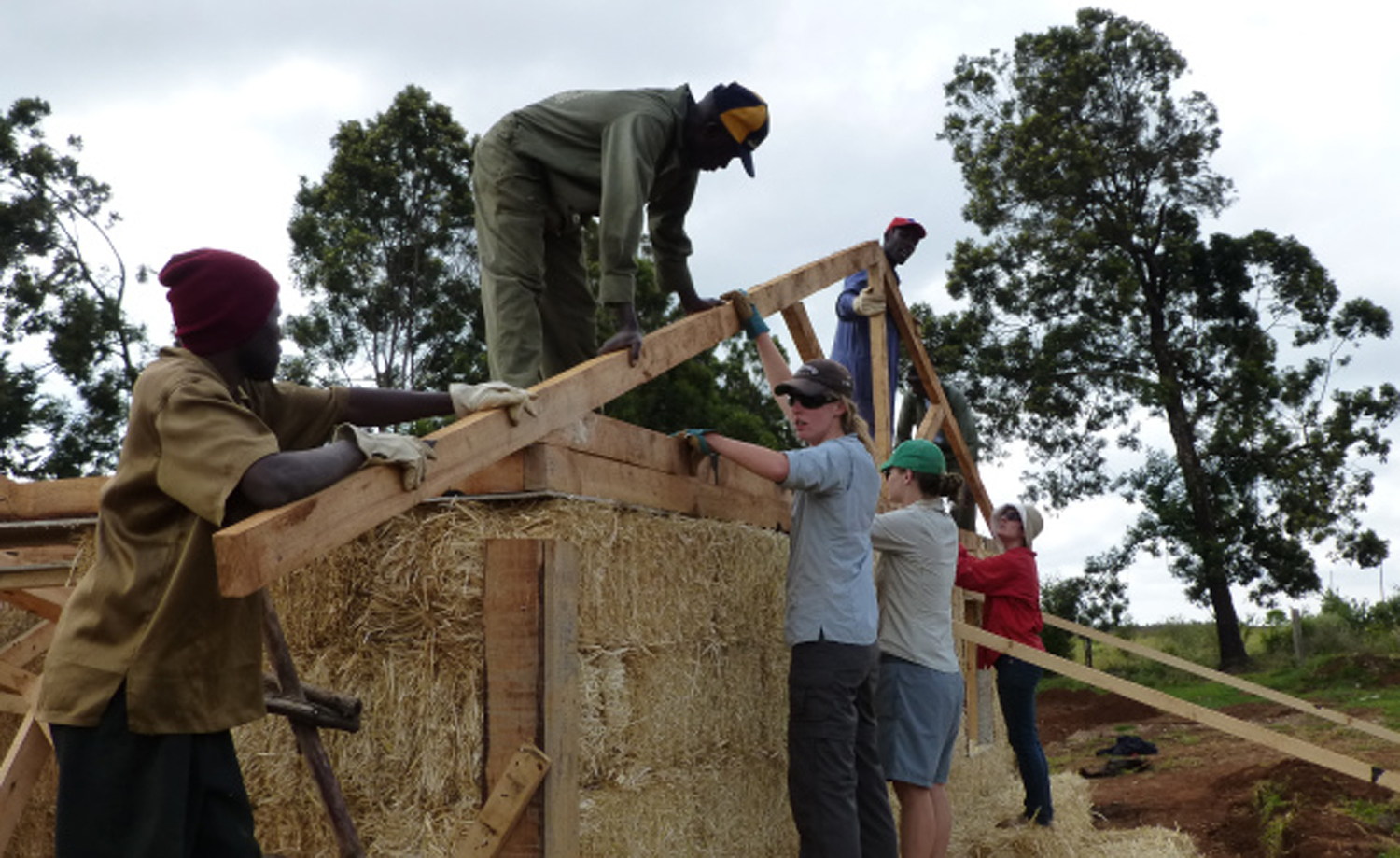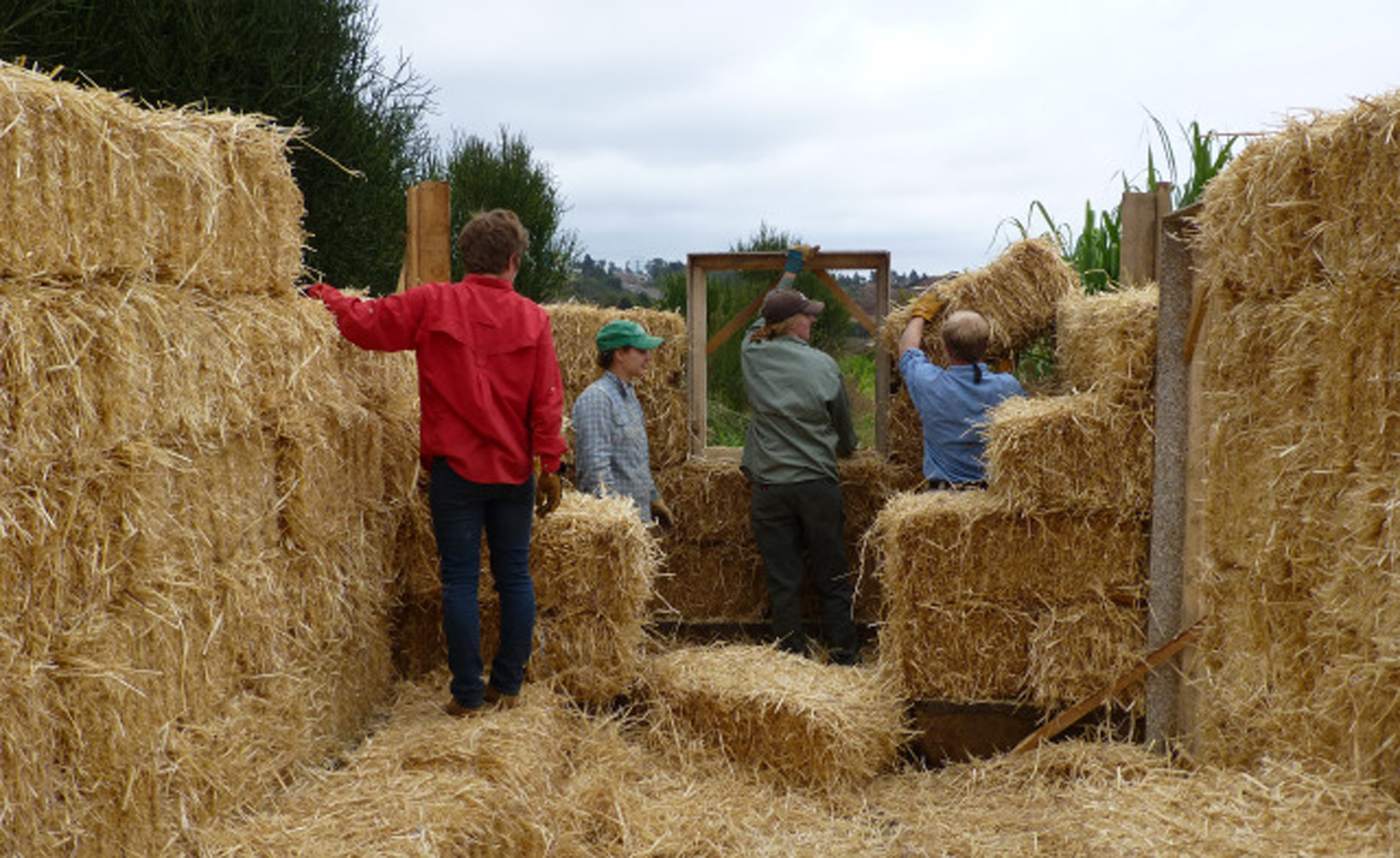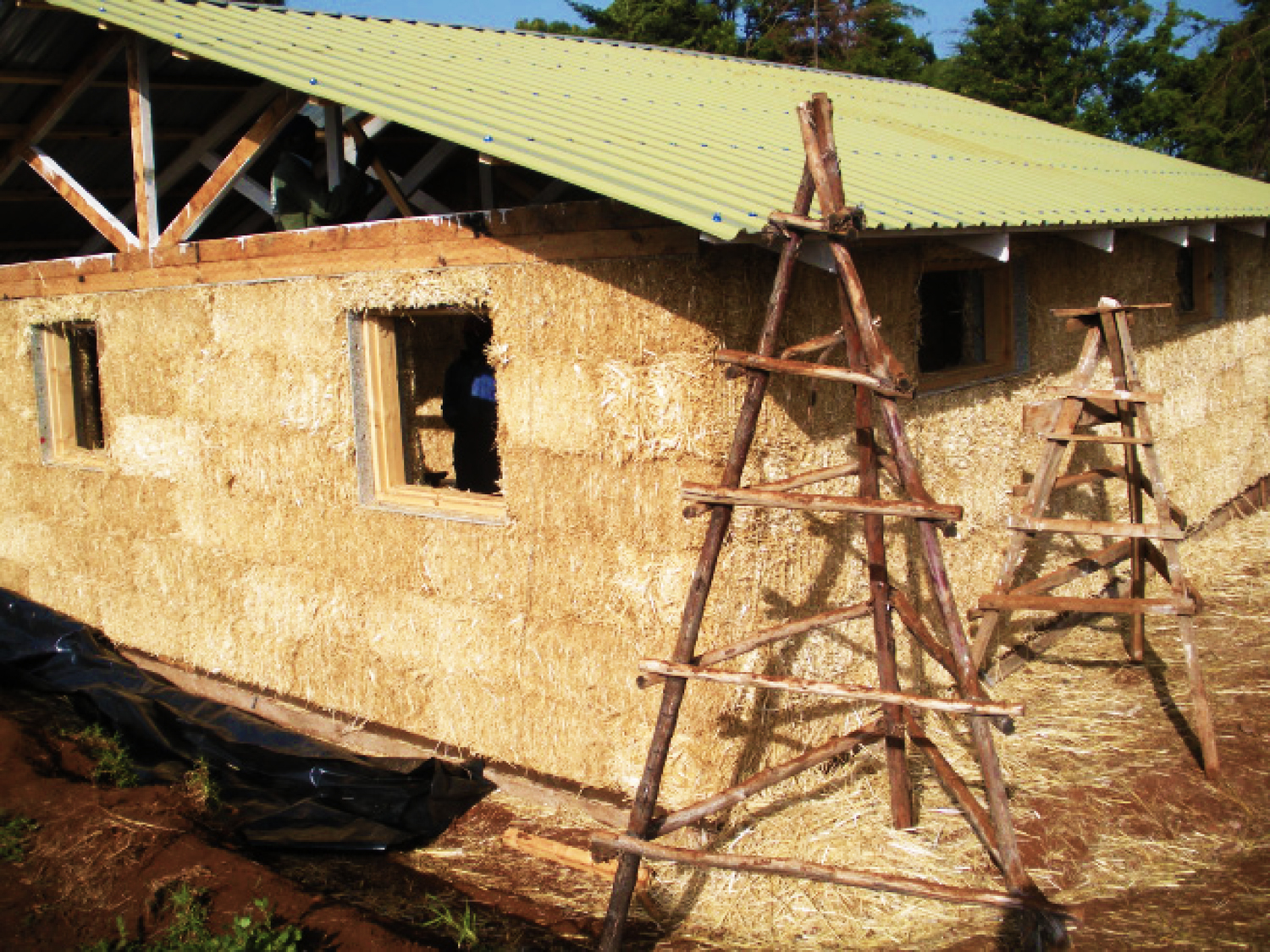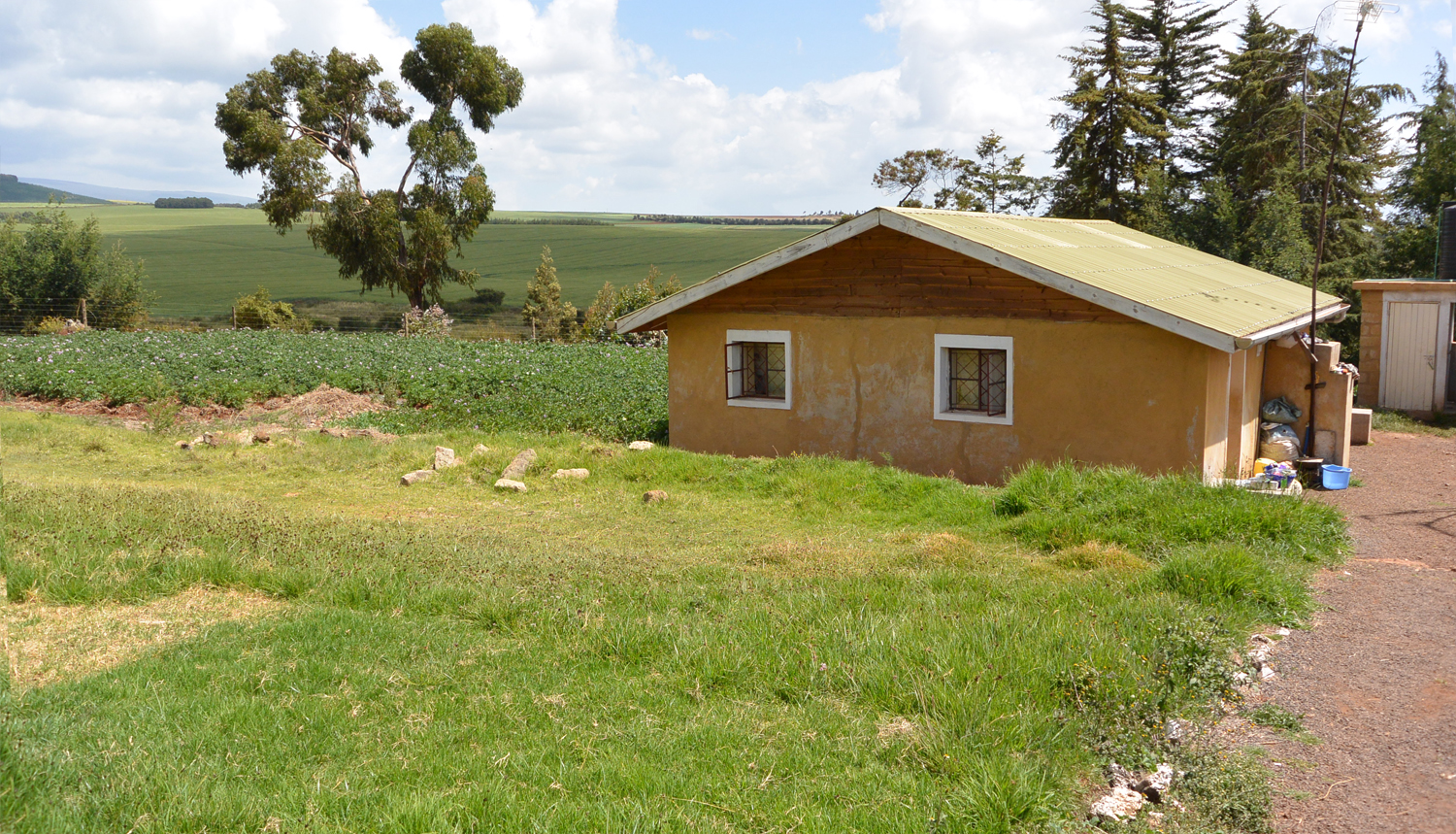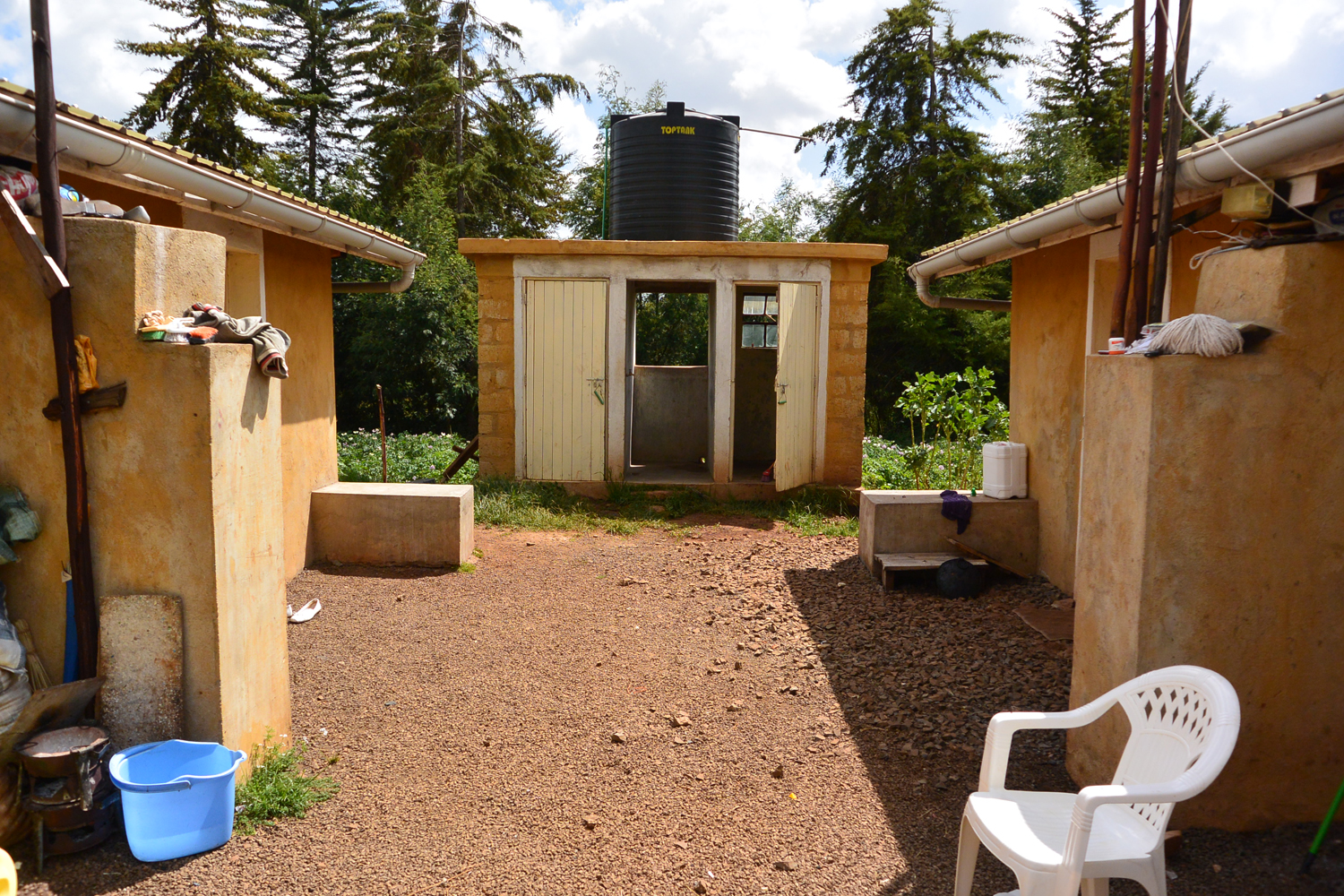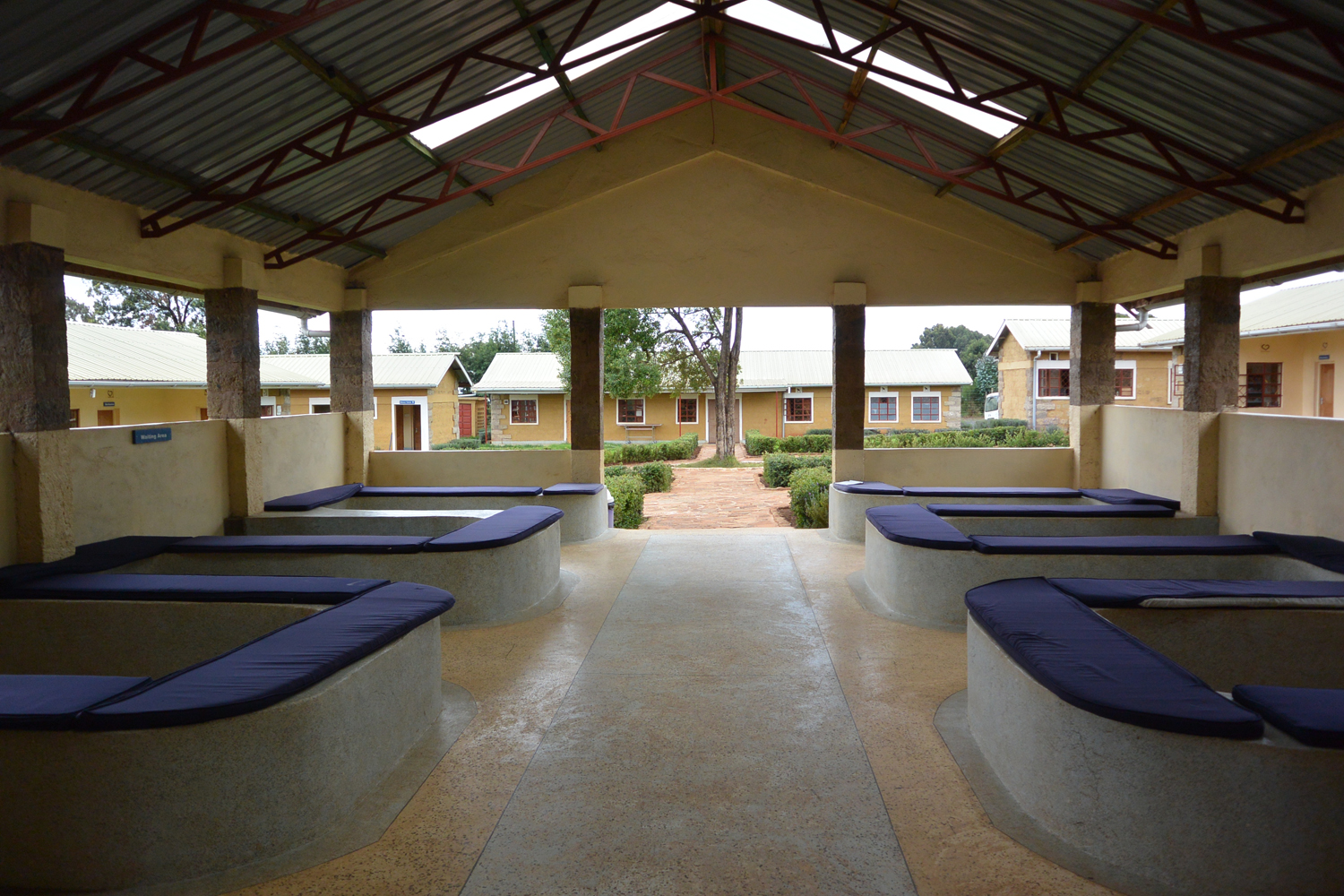Straw Bale Construction
The Kenya straw bale program’s goal was to create a sustainable solution to the housing crisis in Nairobi. Straw is an agricultural by-product and straw bale construction provides great insulation, fire resistance, breathability, is cost efficient, and can be erected swiftly. Straw bale construction has the potential to change lives and economies when applied to developing countries.
The Kenya straw bale program involved two instructors and four students. We spent the first week of the program in Montana on the Northern Cheyenne Reservation, working with a nonprofit, Red Feather Development Group. Red Feather focuses on creating straw bale homes on Native American Reservations. Together with volunteers, we learned the basics of straw bale construction.
Information about straw bale construction was taken to Kisima, Kenya. Kisima is a large family farm that employs locals from around the area. There is a group of locals that are learned in straw bale construction. We worked with them to create staff housing for a new health clinic on the farm. It was great being able to learn techniques from the locals while also teaching them new techniques. We helped construct two duplexes in six weeks.
While in Kisimia, Whinny, an employee of the farm, lost her home to fire. We took this tragic event and created a straw bale home for her. This provided us with the opportunity to receive local thoughts on straw bale construction. We were able to create a new home for Whinny and her family which was 250 sq. ft. The home was completed in two weeks and during our stay in Kenya we also took a trip to Nairobi to meet with UN Habitat Head of Shelter Branch, Mohamed El Sioufi. We discussed the current housing situations and the potential of straw bale construction. We toured the slums and talked about the impacts of migration from rural areas to the city and discussed how straw bale construction could be used to help those living in poor conditions. We also visited Jomo Kenyatta University and talked to current architecture students about straw bale and their ideas on creating sustainable low-income housing.
In 2014 I traveled back to Kisima, Kenya to conduct post-occupancy evaluations. While I was there I met with the new tenants and additional clinic staff. Surveys and interviews were recorded with the tenants. Questions ranged from overall function to aesthetic definition. The common complaint pertained to the size of the home. They were too small to comfortably accommodate a family, with only one bedroom and living room. Stone buildings were constructed in 2013 for the bathrooms and a communal kitchen. The intent is to establish which types of construction perform best, masonry, straw bale, or timber. The straw bale construction has the best thermal qualities, but minor cracks were starting to form in the plaster around the windows and doors. The information collected is valuable for progressing forward with sustainable housing.
